Archive
2022
KubaParis
Space, Activate!


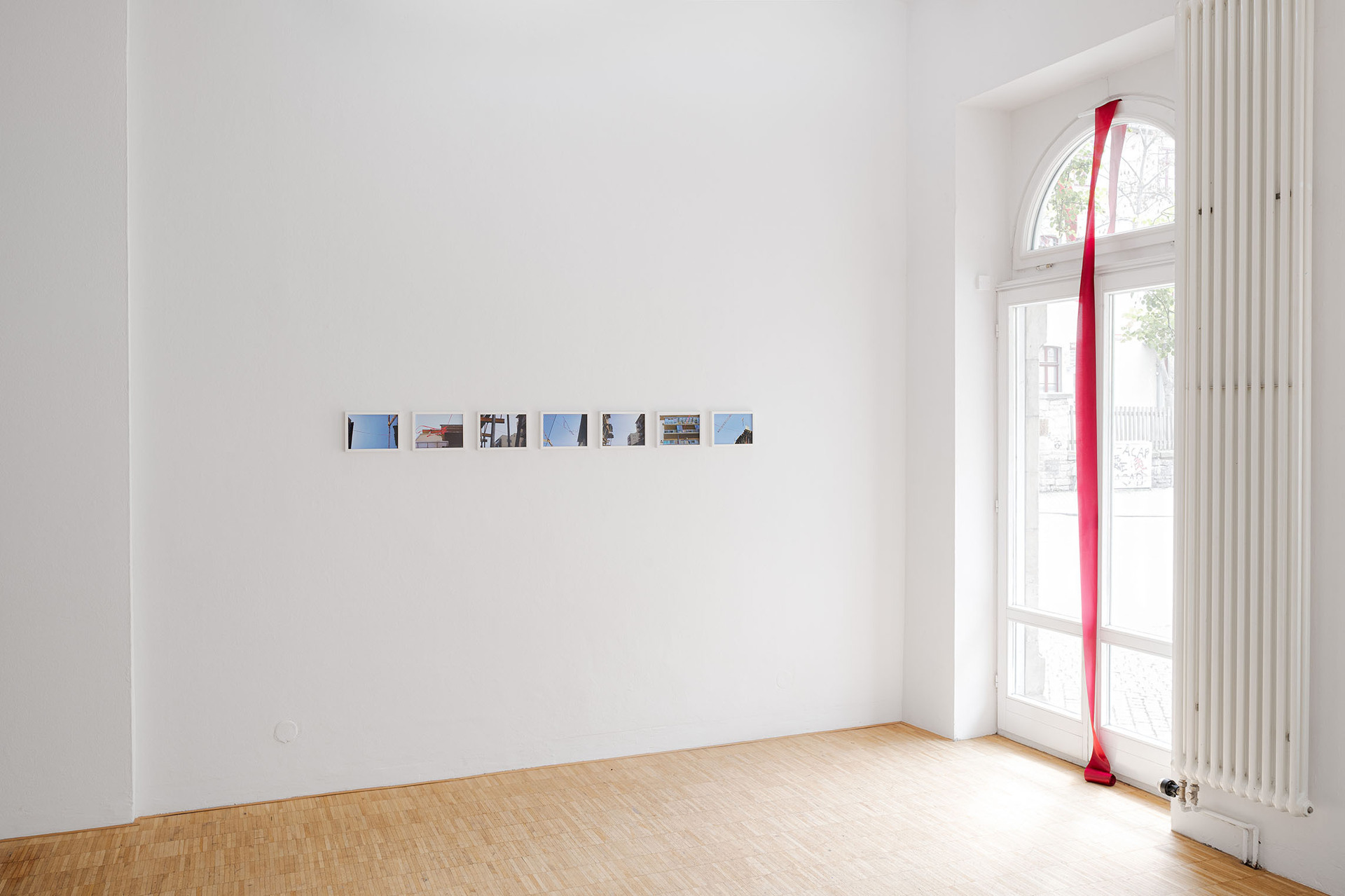
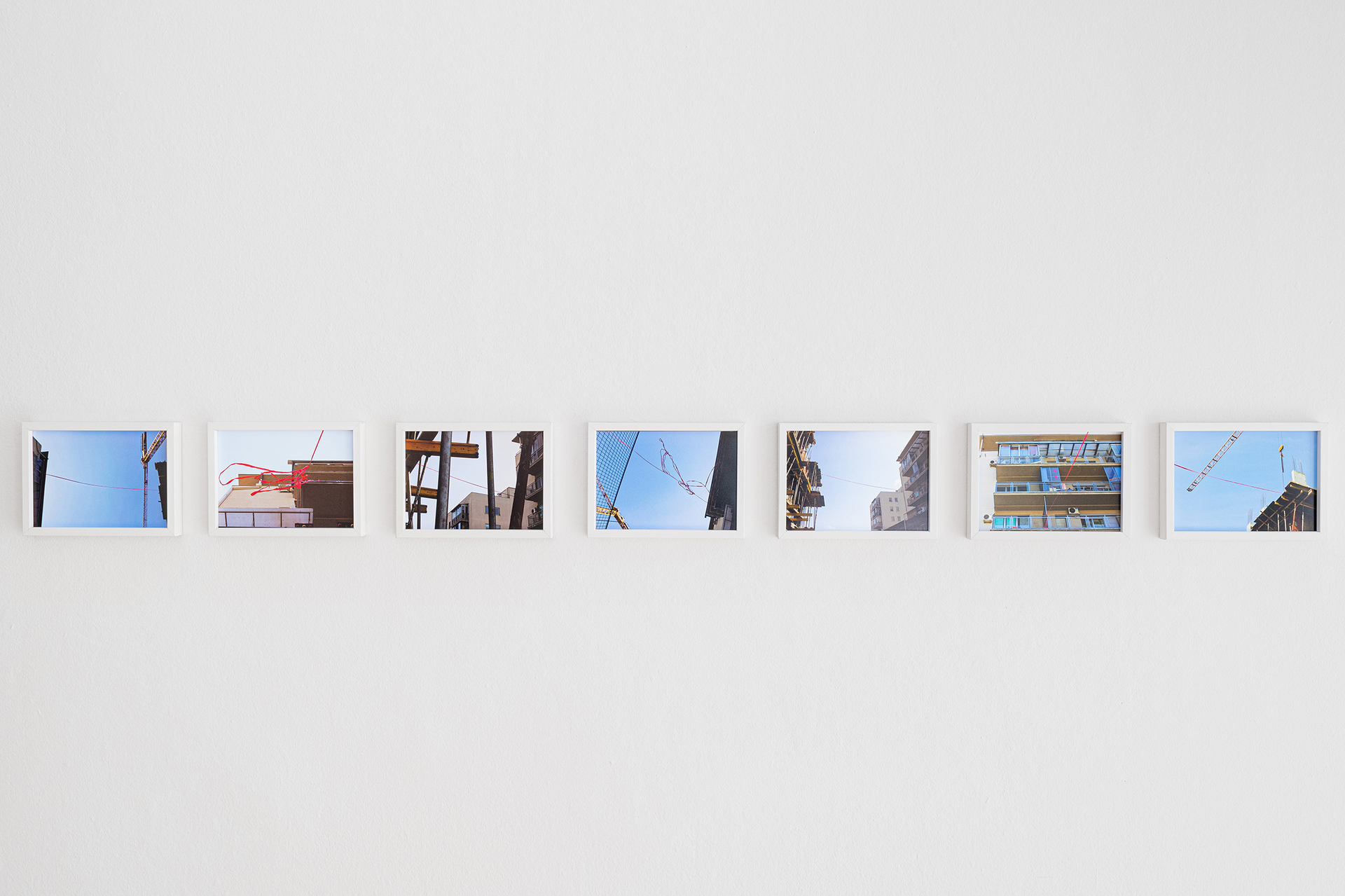
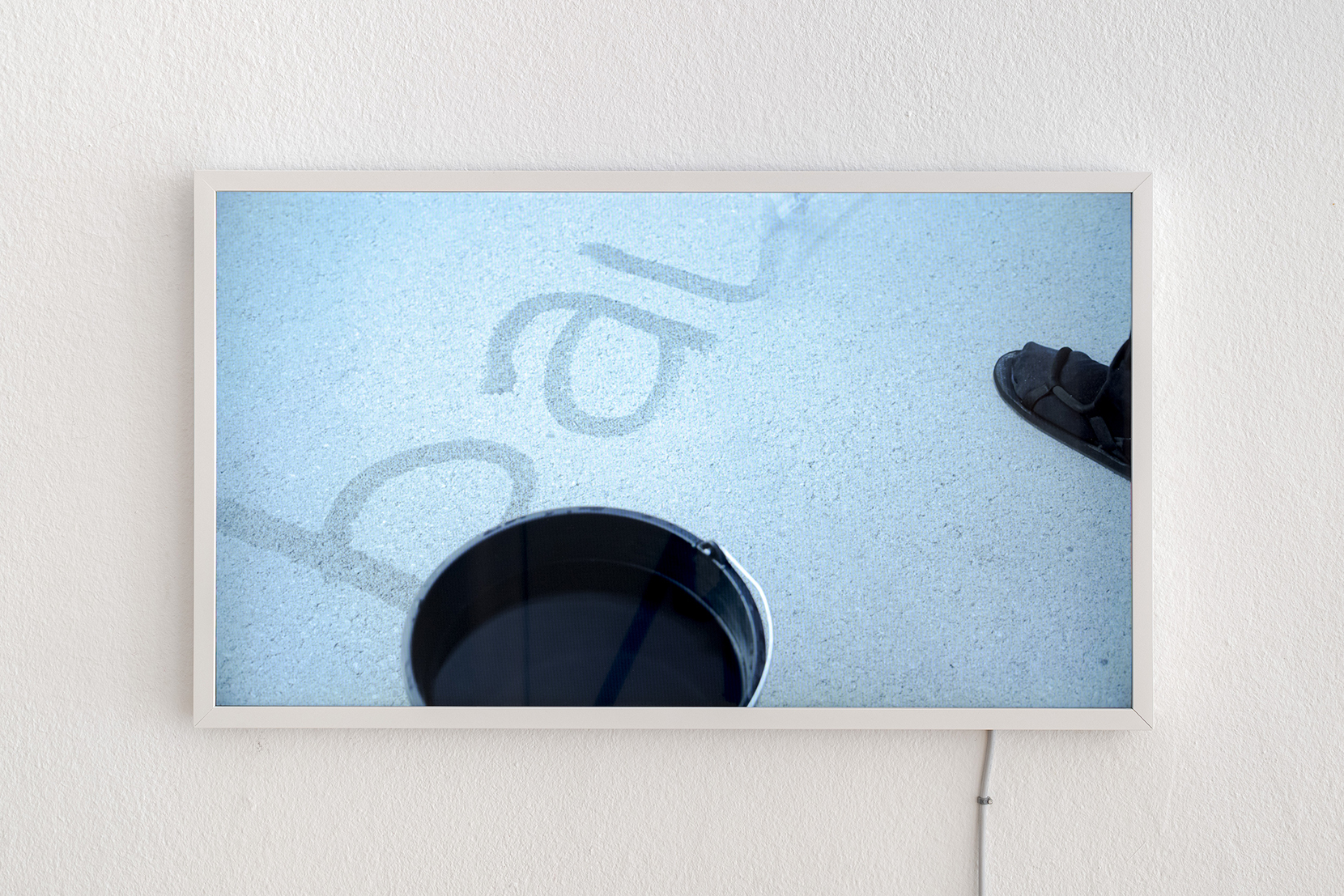
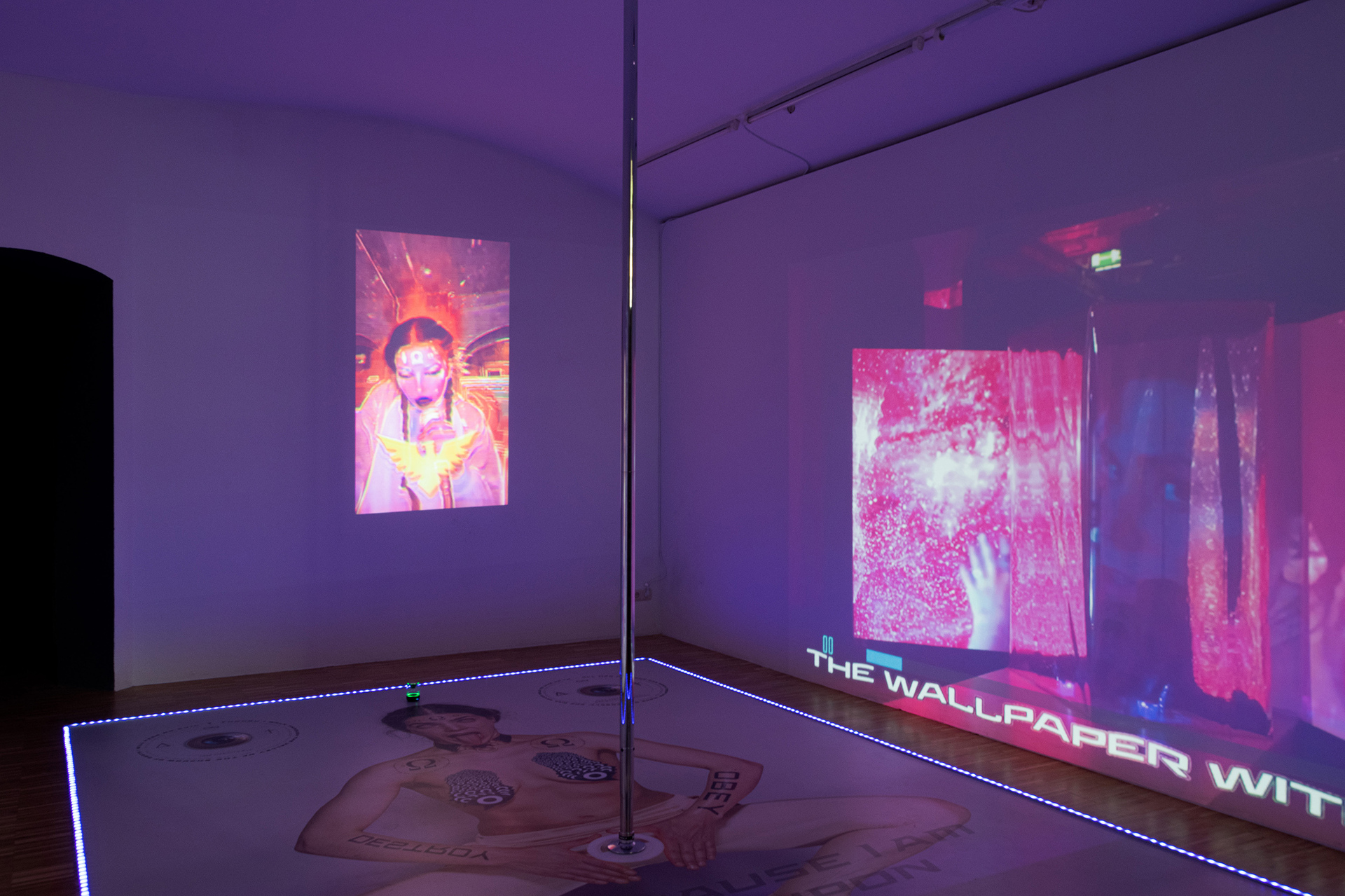
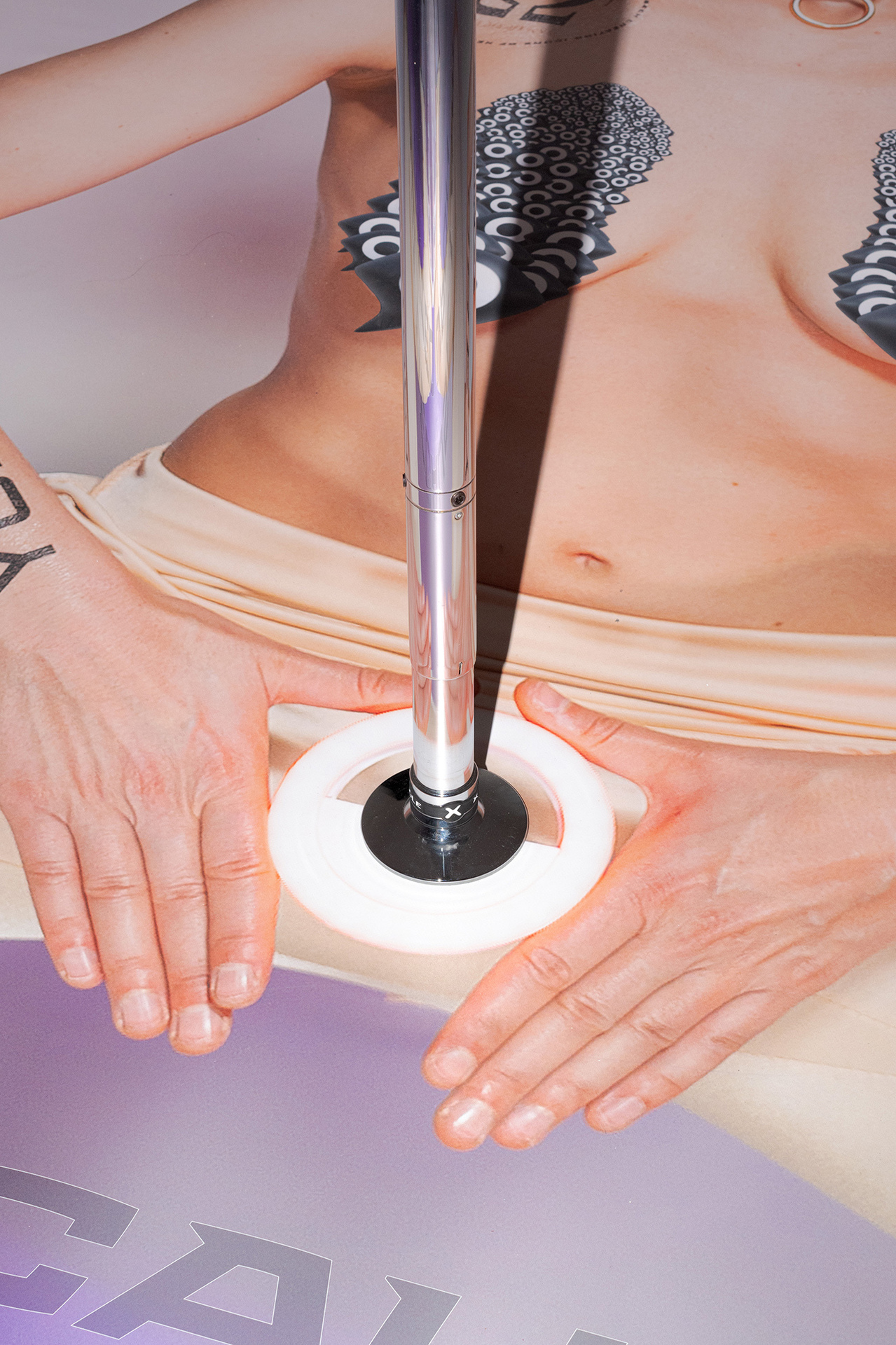
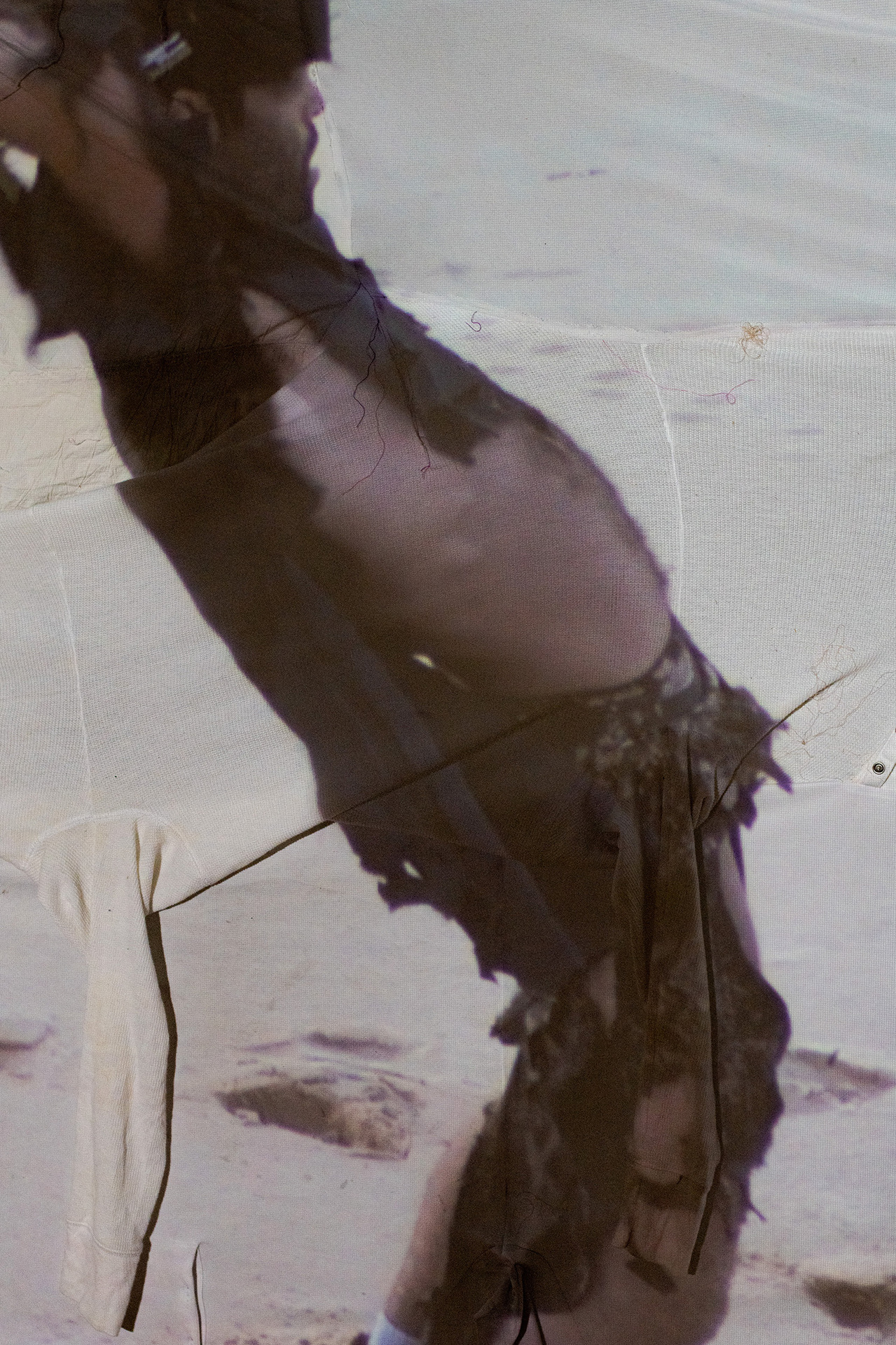


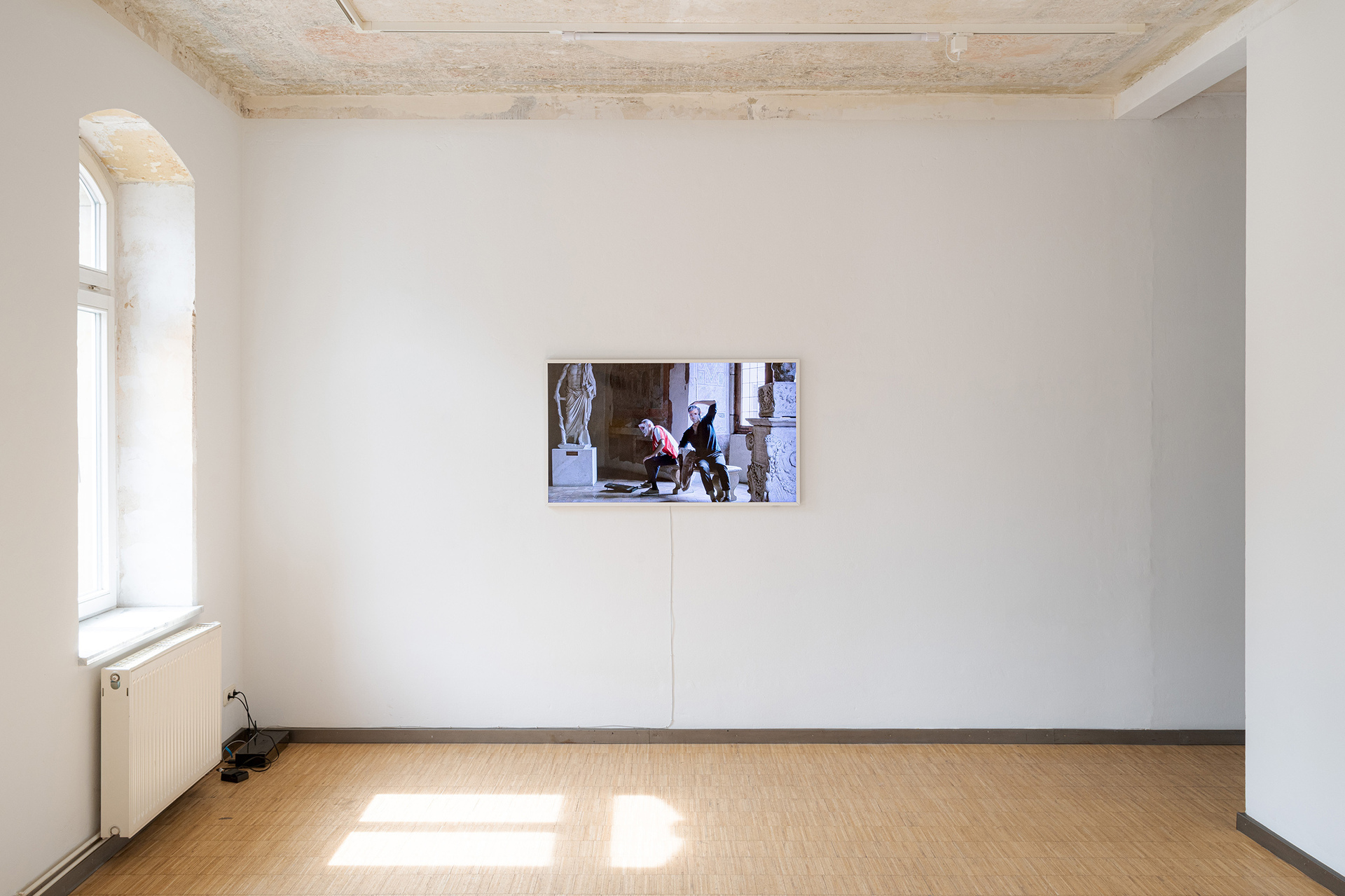

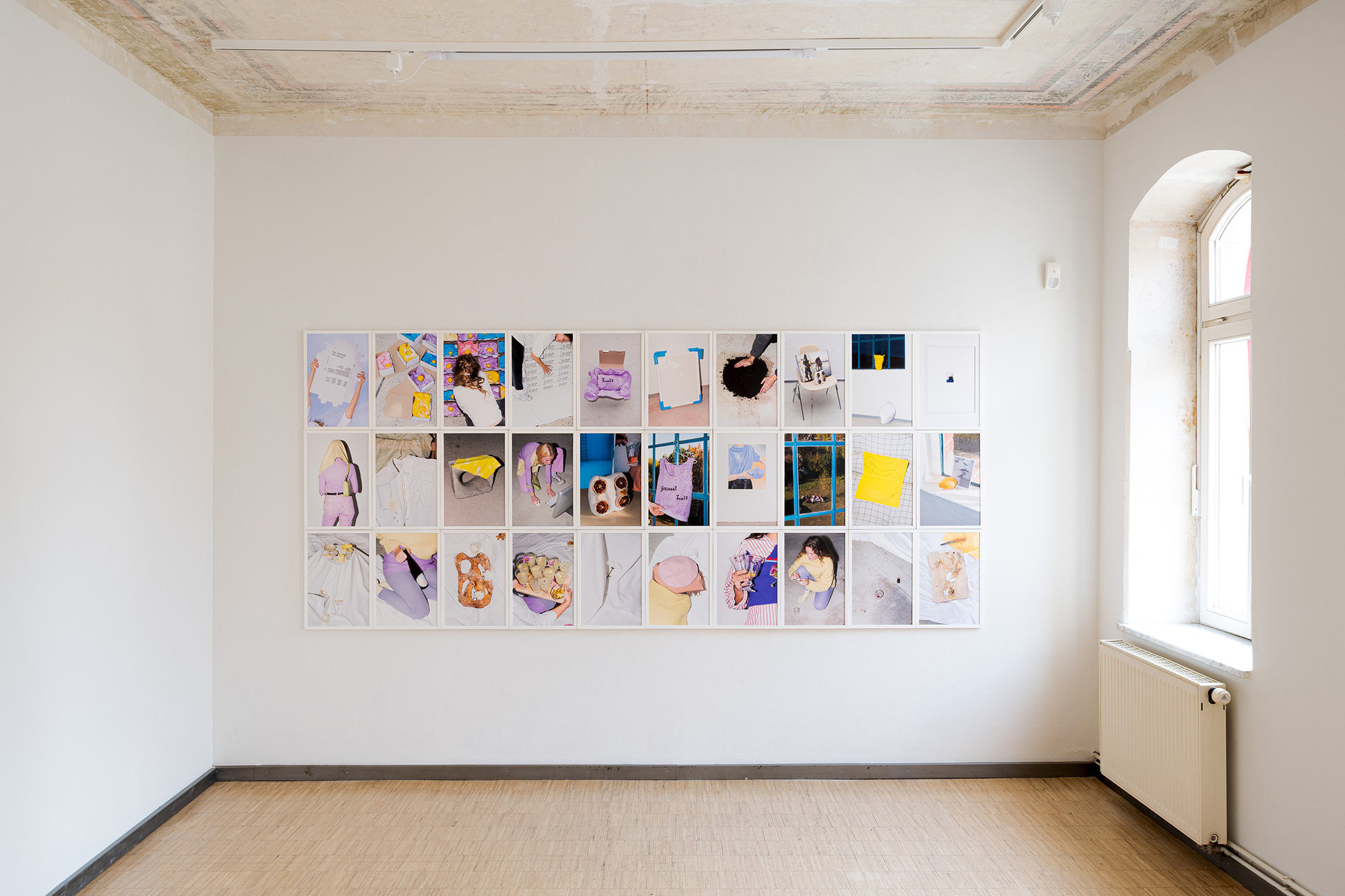

Location
NOVA art spaceDate
26.04 –09.06.2022Curator
Katharina WendlerPhotography
Philipp NiemeyerSubheadline
Anna Rupp, Bruce Nauman, Denise Blickhan, kollektiv unproduktiv x Query Powerball, Nadja Kračunović, Prinz Gholam, Tian Titirat Skultantimayta x Sornrapat Patharakorn, Young Boy Dancing GroupText
SPACE, ACTIVATE! is the first exhibition by NOVA art space, the university gallery of Bauhaus-Universität Weimar, at Kunsthaus Erfurt. It relates works by Bauhaus students and alumni to three renowned international positions and is thematically dedicated to performative and collaborative practices. The focus is on works that use performances and actions to activate and charge the newly obtained space with energy.
The starting point for the exhibition is an iconic work by Bruce Nauman. Nauman, who is considered one of the most influential living representatives of Conceptual Art, has since the 1960s dealt, among other things, with human sensory perception and the location of one's own body in space. In Body Pressure / Körperdruck (1974), visitors are invited and guided to connect with the exhibition space in a performative act and to become one with it.
Starting from this experience, SPACE, ACTIVATE! shows transdisciplinary works in which the invited artists deal with aspects and potentials of interaction. These can arise in liaison with collaborators but they can also be the result of unexpected encounters with strangers, or even depend on them. Other works pose the question of where, in which areas and under which conditions interaction can take place at all, what access to these spaces is like, and how dynamics and hierarchies between people are subject to perpetual change.
42m of Intimacy (2020) is an installation by Bauhaus student Nadja Kračunović, which she realized two years ago in a public space in Belgrade. The 42-meter-long red ribbon measures the distance between two building complexes that were built in the course of a large-scale new construction project in the Vidikovac district. As in almost all cities in Europe, older urban structures and last areas of nature are falling victim to the ever-growing urban development. With her fragile installation, Kračunović draws attention to precisely the gap which separates the future residents of the settlement from one another, which gives them openness and, in contrast to the oppressive apartment block architecture, air to breathe. This public space becomes a symbol of the privacy and well-being of the people whose needs the artist perceives as subordinate within current architecture. In the exhibition, the work is presented in the form of photographic documentation and an outdoor installation adapted for the Kunsthaus, 25m of Intimacy (2022).
Bau เบา (2020), a performance and video work by Bauhaus students Tian Titirat Skultantimayta and Sornrapat Patharakorn, is also an exploration of public space and the man-made changes that affect the lives of subsequent generations in the city. The title contains on the one hand the German word 'Bau' (building, construction), on the other hand, the Thai term 'เบา' [Bao] (soft, gentle, tender, light). Patharakorn writes these two antagonistic terms in a persistent and almost meditative process with brush and water on the concrete facade of the Bauhaus Museum in Weimar, which opened in 2019, as well as on the floor of the neighboring Gauforum. The water comes from the nearby Asbach River, which once flowed right where the Nazis built the Gauforum in 1937. Even today, the river – invisible to Weimar’s residents – flows in underground pipes under the concreted-over area. The harshness of the buildings, however different their histories, contrasts with the fleeting approach of the two artists, who counter the monumental architecture with a delicate yet insistent gesture.
Skultantimayta and Patharakorn's site-specific installation Bearing Lightness (2018/2022), composed of approximately 25,000 sheets of A4 paper, plays with the architectural element of the sturdy column on the one hand, and with questions of individual and mass on the other. While a single sheet of paper is an almost two-dimensional object with no perceptible weight, in a stack it becomes a uniform block and a cumbersome object. However, the paper is more unruly than it appears at first glance; stability and order are only feigned here. The installation is dependent on a supporting framework, without which it could disintegrate into a chaos of thousands of pieces at the slightest touch or breeze.
In their performances and video works, the artist duo Prinz Gholam (Wolfgang Prinz and Michel Gholam) make their bodies the object of representation and react directly to the architecture surrounding them. Similar to tableaux vivants, they adopt postures and gestures of icons of art and visual history in slow sequences of movements; they also examine narratives and images from film or literature. In My Heart is a Poised Cithara (2020), a performance at the Palazzo Altemps in Rome, Prinz Gholam take up representations of mythological figures that today have become symbols of power, healing, or justice. In doing so, they respond to the marble sculptures of palace architecture and at the same time question the prototypes of beauty, perfection, and masculine strength that have been canonically reproduced over centuries – for example, in classical sculpture. In the performance, however, these phantasms of Western cultural standards, which have been passed down through generations, are not merely re-enacted, but shaken up: In sequences of movement and stillness, approach and distancing of the two bodies, the iconographic figures merge with images and gestures of contemporary discourses to form an intimate choreography of past and present.
Founded in 2014, the Young Boy Dancing Group collective develops performances in which they explore the unique, collective energy that arises when different people come together. In their intimate, sometimes rough performances, the materiality of bodies meets tattered costumes, spherical lighting, and piercing sound. Choreography and improvisation intermingle, and the energy between the performers ranges from cautious approaches to interaction to collective ecstasy. The composition of the group varies depending on the performance space and time, forming a constantly meandering network of dancers and other collaborators. The group's themes remain located within the spectrum of bodily exploration, despite changing lineups, while also addressing the fragility of individual identities and how to deal with them collectively. In the performances of YBDG, heteronormative images are replaced by queerness, sex and body positivity, and the utopia of communal liberation. An example for this is the video Fortress Europe (2021), also on display, in which four performers meet in a vast desert landscape. Accompanied by atmospheric music, they move like stranded techno-rave zombies, first as individuals, later collectively, through the otherworldly environment, which – contrary to the title of the work – knows no borders.
Bauhaus graduate Denise Blickhan's ongoing cycle of works MEDUSA (2018-present) consists of eleven solo performances and associated expansive stage installations with video and sound, in which the artist combines central narratives of the ancient Medusa myth with aspects of contemporary social media culture. Medusa, first raped and then transformed into a winged figure of terror with snake hair, turns everyone she looks at to stone. She is transformed from a priestess, a young beautiful woman, into a monster; is victim and perpetrator at the same time. With the help of a mirror, Medusa is outwitted by Perseus, who cuts off her head and continues to use it – constantly capable of destructive powers – as a weapon. Even after her death, Medusa is thus exploited. In her elaborate performances, which include typical elements of internet cultures such as ring lights, smartphones, live broadcasting, and face filters, Blickhan juxtaposes the antagonisms of this narrative, addressing innocence and monstrosity, power and powerlessness, foreign and self-determination. At the same time, societally imposed role models and ideals of beauty are distorted and mixed with claims to self-realization and empowerment, as feminism demands from women and girls. The audience, meanwhile, takes on the male gaze as a collective body, which the artist confronts in manifold roles with the power of the mirror gaze.
Collaboration, emancipation, participation and non-servile action are at the center of the work of kollektiv unproduktiv, which includes the self-proclaimed hipster femme life-hack heroine, rapper and textile artist Bakalao and her alter egos SMY and Suna Yoo. Together with three other artists who in turn hold multiple identities, they run the queer feminist hip-hop crew Query Powerball. Beyond obedience and self-discipline, the collective situates its work between rap and activism, placing the motto "vulnerability as strength" at the center of its song lyrics and music videos. The group resolutely opposes social injustices, binary identities and patriarchy. Their creative output is reflected in music, costumes and art, but also in skateboard workshops and life hack videos on YouTube.
For her long-term collaborative project Die Ästhetik der Zitrone [The Aesthetics of the Lemon] (2020-today), Bauhaus alumna Anna Rupp invited 33 artists, designers, and architects to provide a response to a parcel containing a single lemon (Act I). Rupp assembled the diverse contributions she received into an exhibition at the Eiermannbau in Apolda in the summer of 2021 (Act II). The participating individuals themselves became part of the exhibition in the format of a performative picnic, and the documentation, in turn, became an independent work. In addition to 33 creative individuals who contributed to the exhibition, Rupp collaborated with graphic designer Leon Lukas Plum and photographer Jannis Uffrecht. SPACE, ACTIVATE! shows a selection of documentary photographs as well as individual artworks that resulted from the collaboration. In addition, the project will be continued at Kunsthaus Erfurt in the context of further performative acts.
The visitors of NOVA art space are not only a passive audience, but through their presence, their actions and their attention become actors and thus part of the exhibition. Likewise, the set-up of the works is not fixed, but is subject to constant adjustments and changes for the duration of the exhibition until June 10.
text / curated by: Katharina Wendler
Katharina Wendler